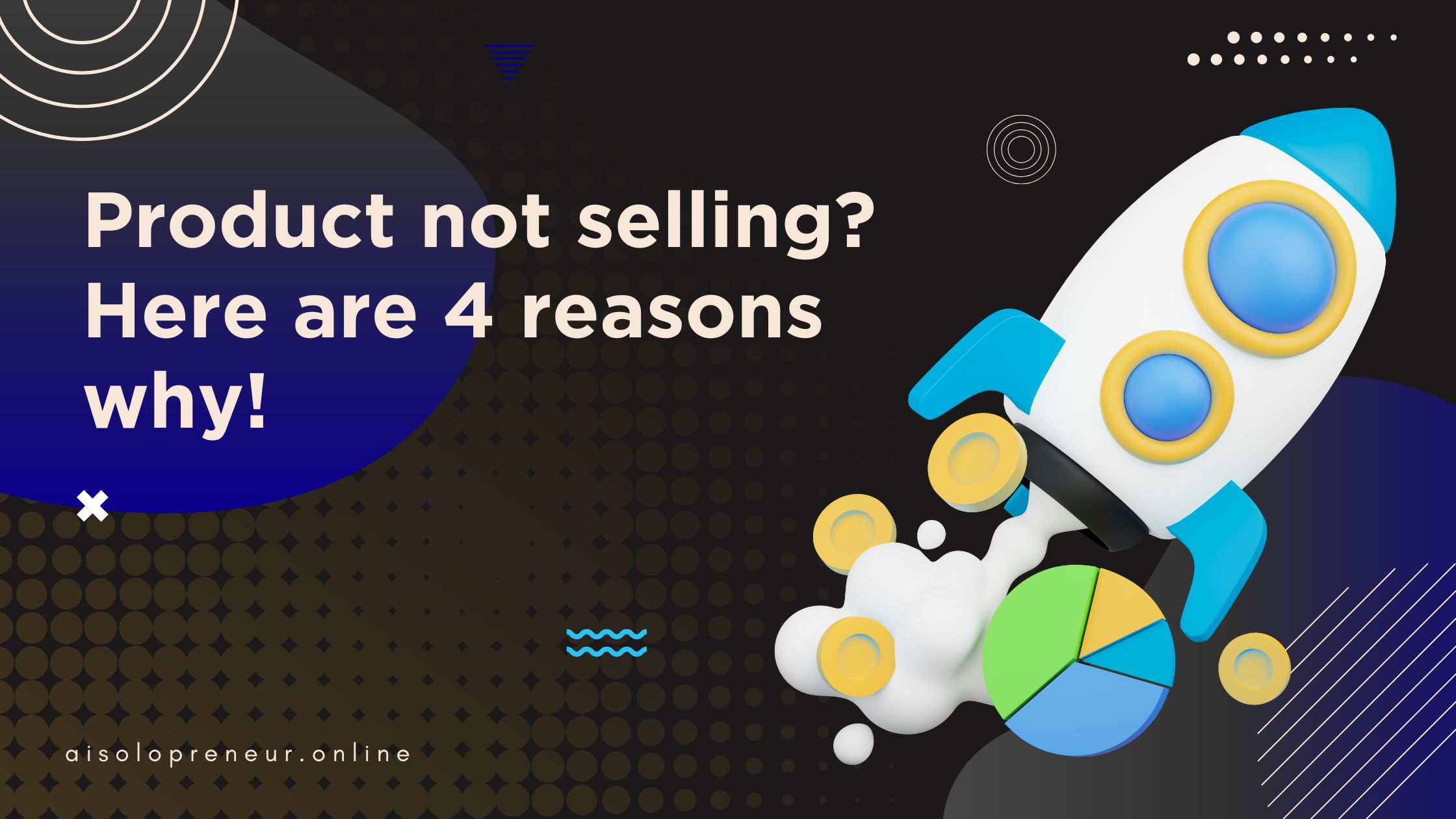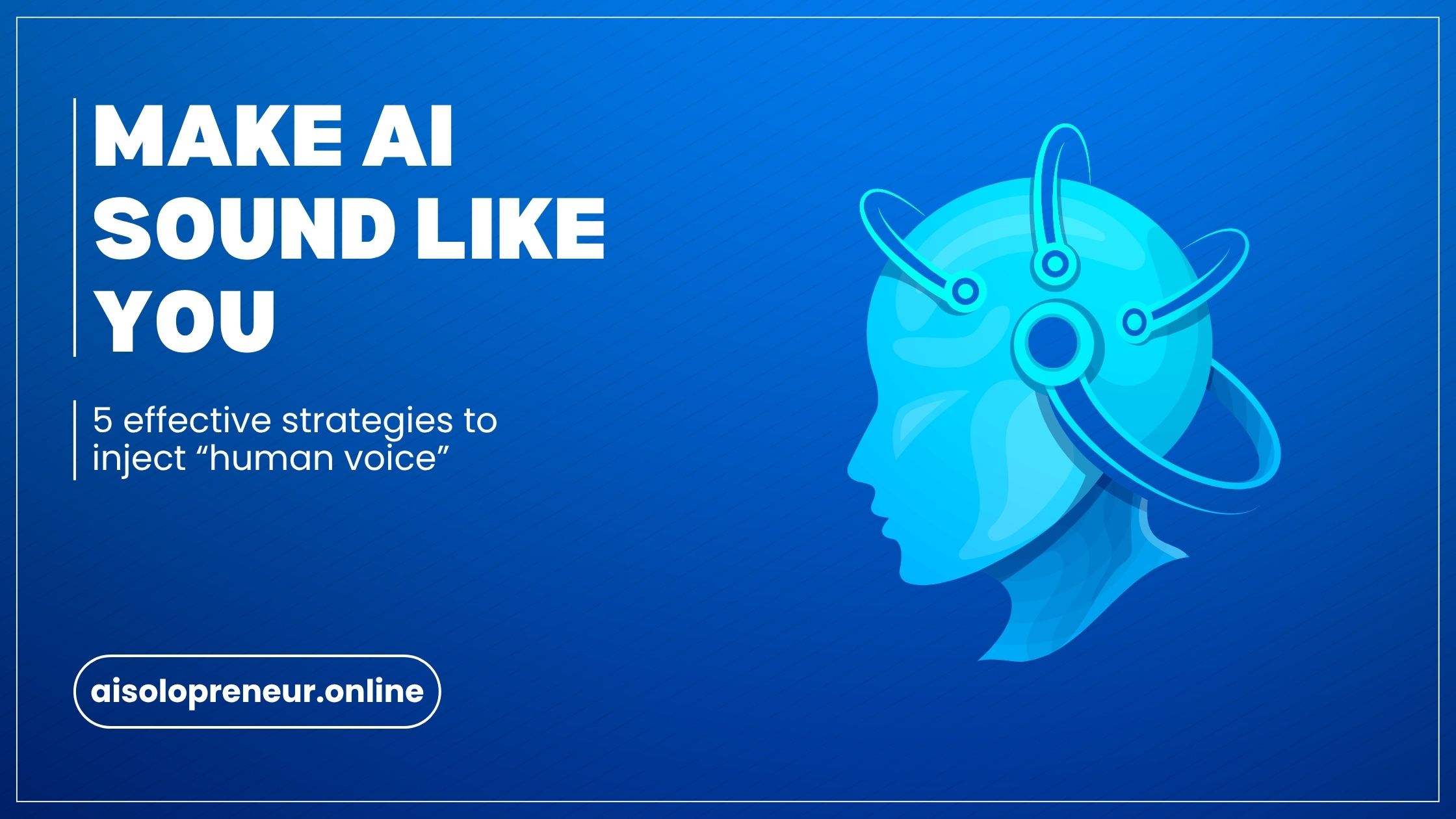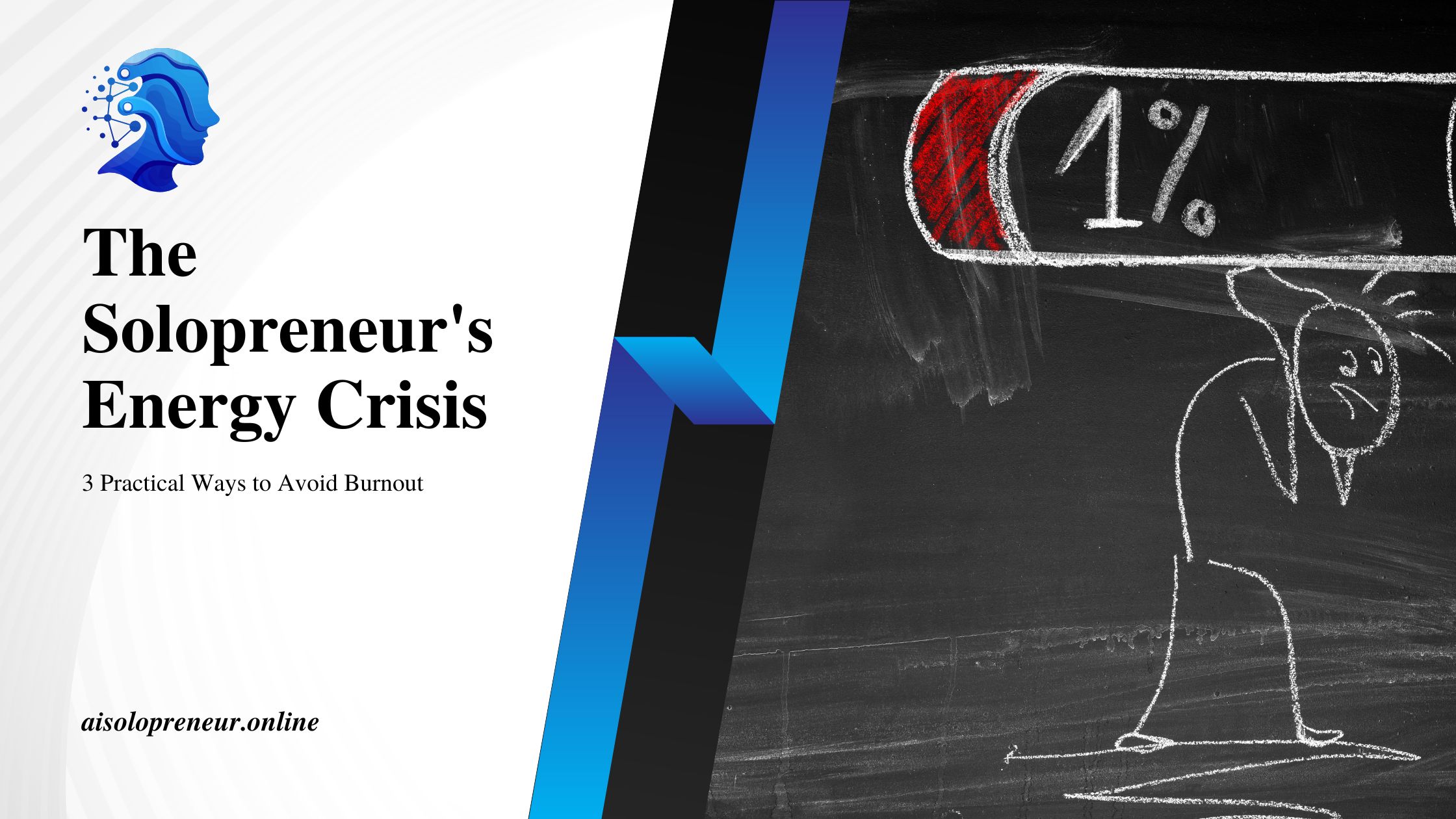There is no worse feeling for a creator.
You spent weeks, maybe even months, pouring your heart and soul into creating a digital product. You built the sales page, you launched it to your audience, and then… crickets. A handful of sales, maybe, but nothing close to what you hoped for.
It’s a punch to the gut. It’s easy to take it personally and think, “Maybe my idea was bad,” or “Maybe I’m just not cut out for this.”
Let me be clear: your product’s failure to sell is almost never about your worth as a creator. It’s almost always a symptom of a broken system. Your product isn’t the problem; the strategy behind it is.
Before you give up or slash the price to zero, let’s be strategic. Let’s be a CEO. We’re going to diagnose the problem. In my experience, when a product isn’t selling, it’s almost always one of these four reasons.
1. The “Traffic” Problem: No One Is Coming to Your Store
This is the most basic, and most common, reason for low sales. You can have the best product in the world, but if no one is visiting your sales page, no one can buy it. It’s like opening a brilliant new coffee shop on a deserted street.
How to Diagnose It: Look at your analytics. Go to your Gumroad or Whop dashboard. How many people have actually visited your sales page in the last week? If that number is low (less than a few hundred), you don’t have a sales problem; you have a traffic problem.
How to Fix It: You need to focus all your energy on the systems we built in Week 1 and 3 of the challenge.
- The Content Multiplier (Day 7): Are you consistently taking a “Master Asset” and repurposing it for all your social channels? Every piece of content should lead back to your lead magnet or your 1-Page Home Base, which then leads to your product.
- The Lead Magnet (Day 13): Is your free offer compelling enough to attract people into your world?
- The Ad System (Day 17): Are you running a low-budget ad to get your offer in front of new people?
The Takeaway: Don’t change your product or your sales page until you’ve proven that you can get a consistent stream of potential customers to actually see it.
2. The “Hook” Problem: Your Message Isn’t Grabbing Attention
Let’s say you have traffic. People are coming to your sales page, but they’re leaving almost immediately. This is a “Hook” problem.
The headline and the first few sentences of your sales page have one job: to grab your ideal customer by the collar and make them feel so understood that they have to keep reading. If your hook is generic, they’ll assume the rest of your product is too, and they’ll leave.
How to Diagnose It: Read your sales page headline out loud. Is it about you and your product (“Introducing the Ultimate Course”), or is it about them and their problem (“Tired of Working 12-Hour Days?”)?
How to Fix It: Go back to Day 9 and use the “AI Copywriting Directives” again.
- The Directive: “Act as an expert direct-response copywriter. My product, ‘[Your Product Title]’, helps [Your Target Audience] solve [Their Main Problem]. Generate 10 new, powerful headlines for my sales page that focus entirely on the customer’s pain point or their desired transformation.”
Test a new, more powerful headline. This one change can dramatically alter your conversion rate.
3. The “Offer” Problem: The Value Isn’t Clear
People have clicked, your hook has grabbed them, but they’re still not buying. This is often an “Offer” problem. You haven’t clearly communicated the value of what they’re actually getting.
Your customer is asking one question: “Is this worth my money?” Your sales page needs to make the answer a resounding “YES!”
How to Diagnose It: Look at the “What’s Inside” section of your sales page. Is it a boring list of features (“Includes 10 video lessons and 3 PDFs”), or is it a compelling list of benefits and transformations (“Learn the exact system to automate your marketing,” “Get the prompts to create your first product”)?
How to Fix It: Your AI can help you translate your features into benefits.
- The Directive: “Act as a marketing strategist. I’m going to list the features of my online course. For each feature, rewrite it as a clear benefit that my customer will experience. For example, for the feature ’10 video lessons,’ the benefit might be ‘Master a new skill in a single afternoon with 10 easy-to-follow video guides’.”
- List your features:
[Feature 1, Feature 2, Feature 3, etc.]
Update your sales page to be benefit-focused.
4. The “Trust” Problem: They Don’t Believe You Yet
Someone can see your page, understand your offer, and still not buy. Why? Because they don’t trust you enough yet. Trust is the final ingredient.
This is especially true for higher-priced products like a course. A customer needs to feel confident that you are the right person to help them solve their problem.
How to Diagnose It: Does your sales page have any elements that build trust? Do you have testimonials from happy customers? A personal story that shows you understand their journey? A clear, no-risk money-back guarantee?
How to Fix It:
- Actively Seek Testimonials: Email every single person who has bought your product and ask for their honest feedback. Use the “Testimonial Extractor” prompt from our prompt library to turn their praise into powerful sales copy.
- Tell Your Story: Make sure your “About Me” section on your website and your sales page tells a relatable story, not just a list of your credentials.
- Offer a Guarantee: A simple “30-Day Money-Back Guarantee” can remove all the risk for a potential buyer and dramatically increase their confidence to purchase.
Conclusion: Don’t Rebuild, Just Repair
When your product isn’t selling, the temptation is to throw the whole thing out and start over. That’s almost always the wrong move.
Your job as a CEO is to be a good detective. You need to look at the data, identify the single biggest bottleneck in your system—whether it’s traffic, the hook, the offer, or trust—and fix that one thing.
This systematic approach is how you turn a failing product into a bestseller. It’s the core of what I teach inside the AI-Powered Solopreneur 30-Day Challenge. If you’re ready to build a complete business system that works, from traffic to sales and beyond, it’s your next logical step.



